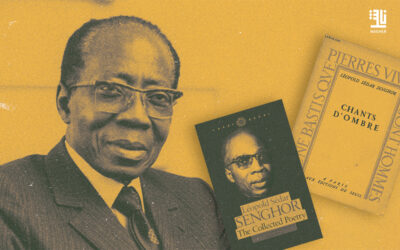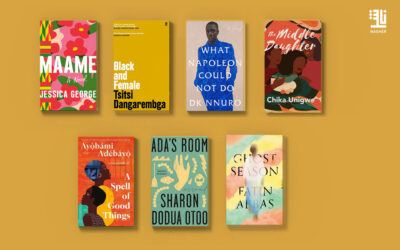The White Tiger is the debut novel by Indian author Aravind Adiga. It was first published in 2008 by Atlantic Books (UK) and won the 40th Man Booker Prize in the same year.
The White Tiger is the story of Balram Halwai’s life as a self-declared “self-made entrepreneur”: a rickshaw driver’s son who skilfully climbs India’s social ladder to become a chauffeur and later a successful businessman.
Balram Halwai is born into the grinding poverty of the portion of India he calls the “Darkness.” He’s a bright student, nicknamed the White Tiger for an animal that appears only once in a generation. Still, by the accident of his birth it appears he’s sentenced to a near subsistence-level life in his native village, where raw sewage courses through the streets and the residents are at the mercy of venal landowners.
Reading The White Tiger you can’t help but enjoy this satirical novel, which is a darkly humorous and has a realistic take on the state of modern India, revealing what it takes to succeed when one is from the “wrong” caste and class. Balram is considered to be enterprising, rare and unique, just like the white tiger of the title of the novel, as he starts off simply as Munna or “boy”, but ends up as a successful businessman, adopting his murdered master’s name, Ashok (also the name of the ancient emperor of the Maurya Dynasty). Balram’s act of murder can be regarded as a natural reaction to oppression and to certain extent justified, as it was the only way he could rise from “the darkness”, the mire that would otherwise hold him down his entire life, perhaps to be cut short like his father’s, by a combination of hard labour, greedy female relatives and disease.
The style and structure of the novel grips the reader with intrigue and anticipation, Balram tells the story of his life and growth into a businessman epistolary to the Chinese “Premier” Jiabao, who actually happens to be a real visiting official from China, and came to India to learn about Indian entrepreneurship, hoping to adopt some of the practices in China. Through this choice of recipient Adiga shows up Indian democracy for being a sham; destinies are still decided by caste, class and wealth, and the only way to rise out of poverty and the misfortune of birth, the only way to “be a man”, is to commit murder. For Balram “one murder was enough”.
Adiga’s descriptions of life in India is quite truthful and the characters are very real, in fact the reader could picture everything, without ever visiting India, so vivid a picture was painted by Adiga. But it is worth noting that the issues of corruption and social injustice were not only true of India, but relevant to everyone, especially right now, regardless of nationality or geographical locations.
The novel has been well-received, making the New York Times bestseller list in addition to winning the Man Booker Prize. Aravind Adiga, 33 at the time, was the second youngest writer as well as the fourth debut writer to win the prize in 2008
The White Tiger is a good-to-excellent novel and definitely a worthy read. We rate it as 4.5 out of 5.






